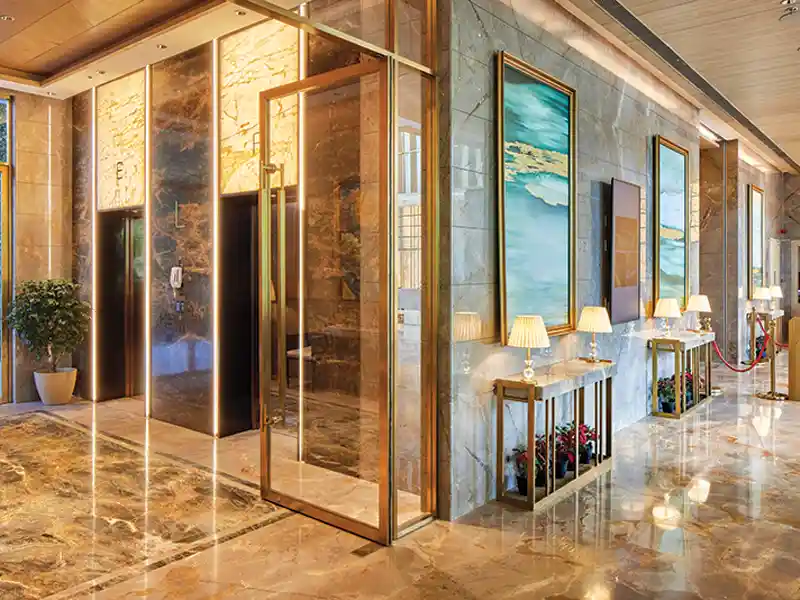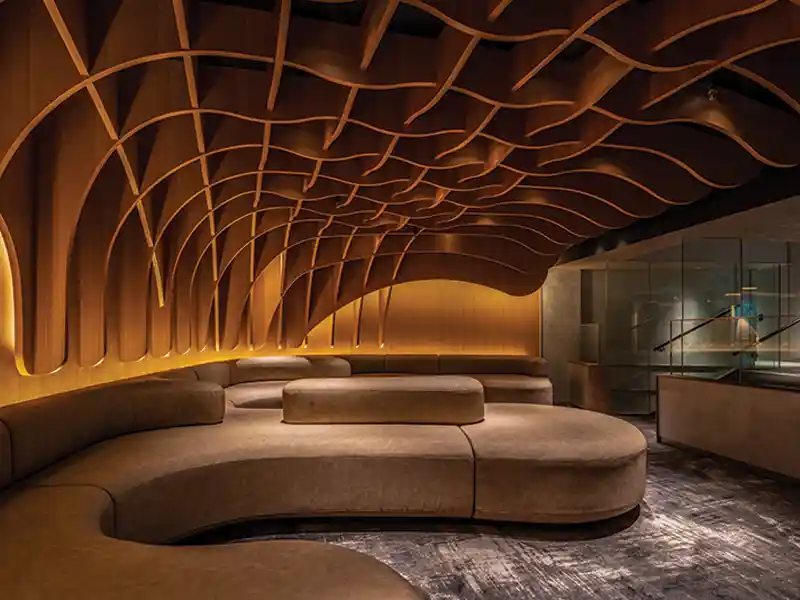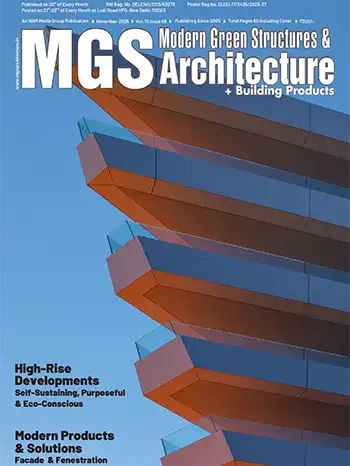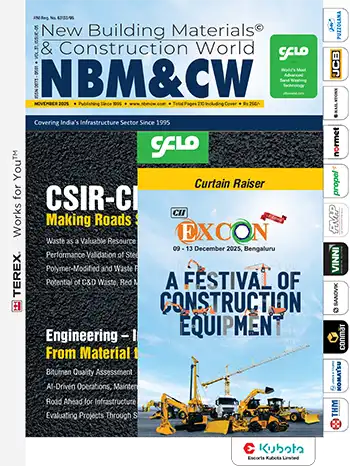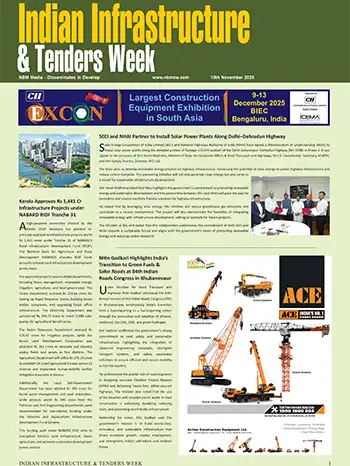Implementing efficient construction practices, such as careful planning, proper material handling, and regular waste audits, help reduce waste generation.
Sumit Dhawan, Founder & Principal Architect, Cityspace’82 Architects
Building design can significantly reduce material and construction waste by prioritising modular construction, designing for disassembly and reuse, using sustainable materials, and implementing efficient waste management practices throughout the project lifecycle.
In modular construction, the parts of the structure are pre-fabricated and designed offsite to avoid heavy waste. These are then brought to the site and assembled according to the plan. Moreover, employing simple, open-span structural systems can make buildings more adaptable and easier to modify or disassemble.
Implementing on-site waste management systems with proper procedures for segregating construction waste on-site can facilitate recycling and reuse, diverting construction waste from landfills.
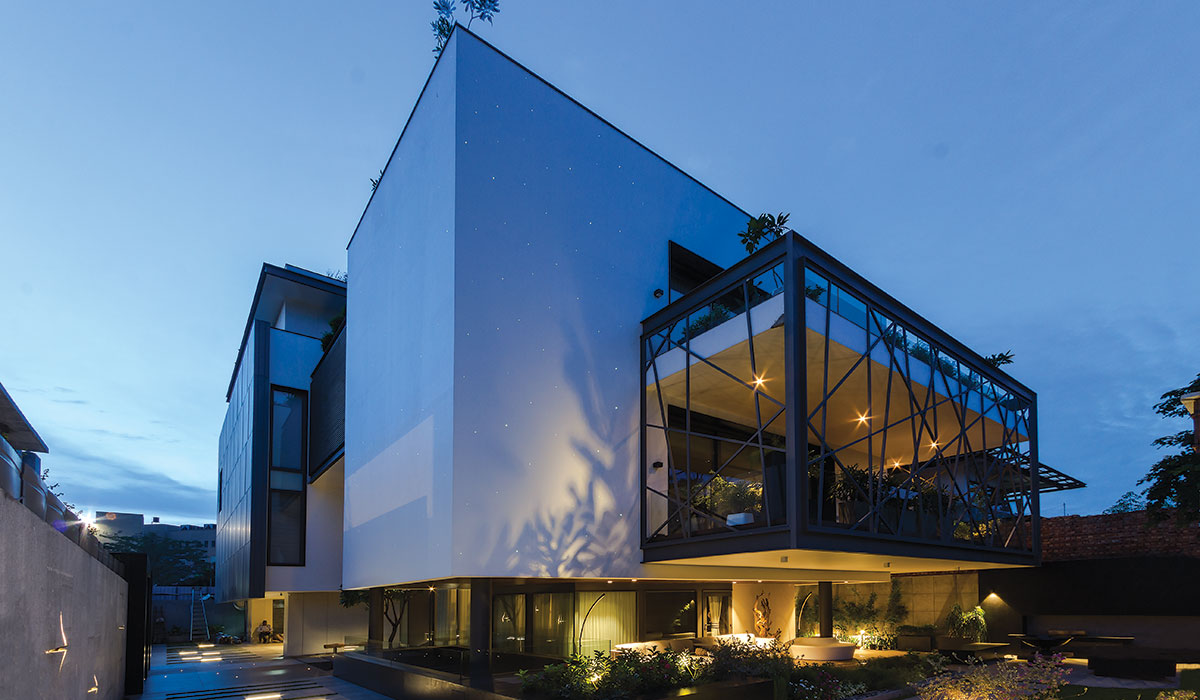
In our projects, early detection of possible waste sources allows us to put reduction or elimination plans into action. Accurate material assessment is a crucial component of planning. While under-ordering might result in delays and higher expenses, over-ordering resources generates extra waste. We make well-informed decisions about how much material will be needed for the task by using software tools that perform accurate calculations. For environmentally friendly buildings, recycled materials are a great option. Utilising biodegradable materials is an additional choice.
One of our projects, Todd’s Residence, places sustainability, low maintenance, and waste management at its core. We opted to procure only the materials required to avoid wastage. Elements like double-glazed units were added to minimise heat transfer and reduce the need for excessive heating or cooling. This promoted energy conservation, creating a comfortable interior environment. For the façade, low-maintenance materials were used, like powder-coated aluminium and dry stone cladding. This method minimised the project’s overall waste output and eliminated the requirement to import additional materials.


